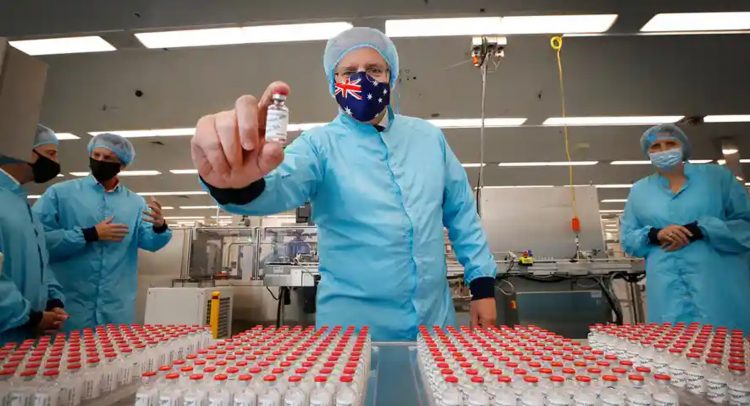There have been major delays, tit-for-tat between governments and a lack of information. But at least one expert says the bumps with the vaccine rollout should soon be smoothed out.
Wind your mind back to early February. A time when most of Europe and the US – still hibernating in a long, bitter pandemic winter – were well into rolling out their respective vaccine programs. In a big announcement, Health Minister Greg Hunt said the government – which at the time was still three weeks away from conducting its first jab – had worked “quietly, behind the scenes” to secure an extra “10 million doses” of the Pfizer vaccine. It was, and still is, one of the most highly effective and most sought-after vaccines worldwide.
“We now have access to over 150 million vaccine doses, ensuring we remain a world leader in the fight against the virus,” Mr Hunt said at the time. “It’s enough to vaccinate every Australian three times over.” Fast forward to today, and rather than an oversupply, it has become a mad scramble to access vaccines, with the government falling 3.4 million inoculations short of its own end-of-March target.
GPs have been left with empty vaccine fridges, with many only allocated 50 vaccines a week in the early stages. There have been major delays in accessing vaccines, a tit-for-tat between the federal government and the states, a lack of information of where the country is at and confusion on how to book to get the jab.
Yet, according to Mr Hunt, the national vaccine program is “accelerating exactly as intended in the manner that was intended at the time it was intended”.

